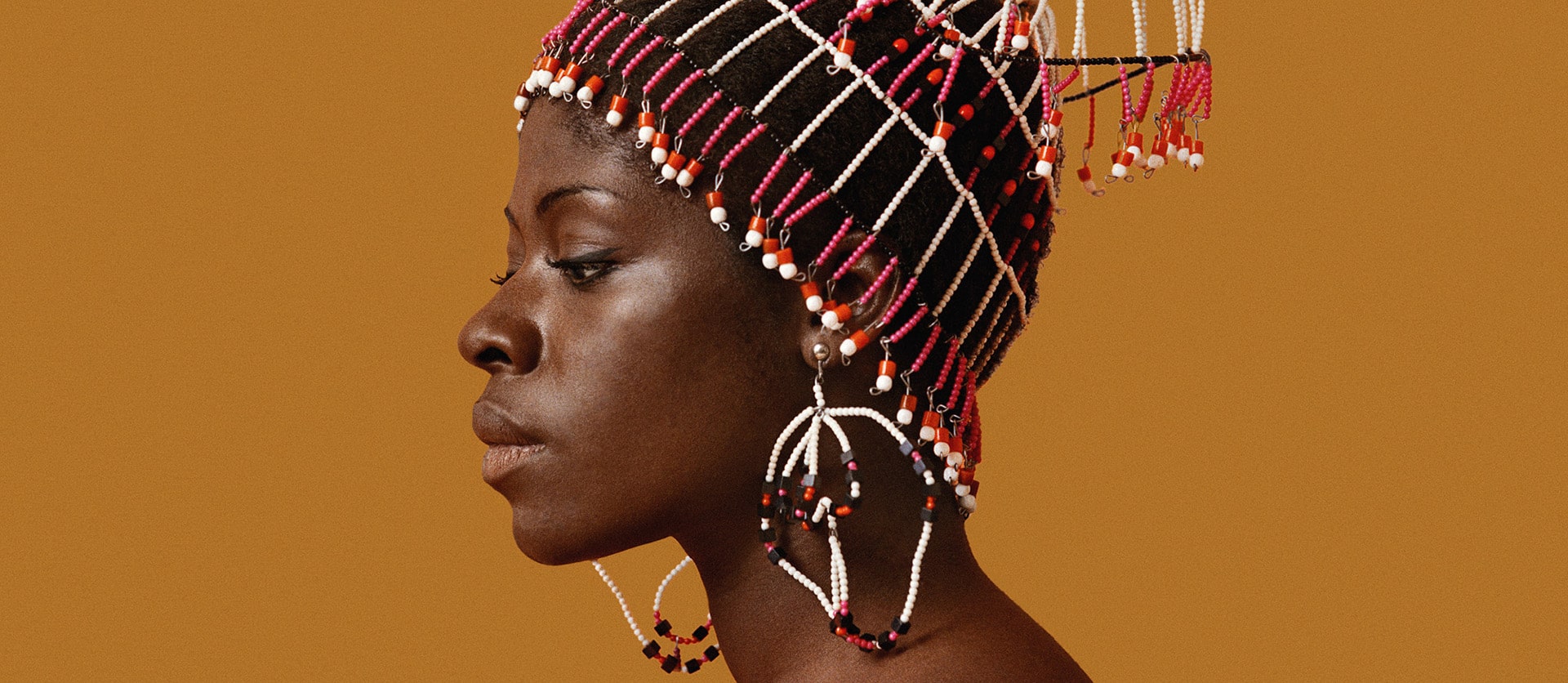As the Civil Rights Movement and the African Independence Movement came to the fore in the United States, two brothers helped to build a bridge across the diaspora.

You’re getting blind.
Don’t miss the best of visual arts. Subscribe for $9 per month or $108 $90 per year.
Already suscribed ?


